The #1 Guide To Dog Breeds
Mr Dog Food
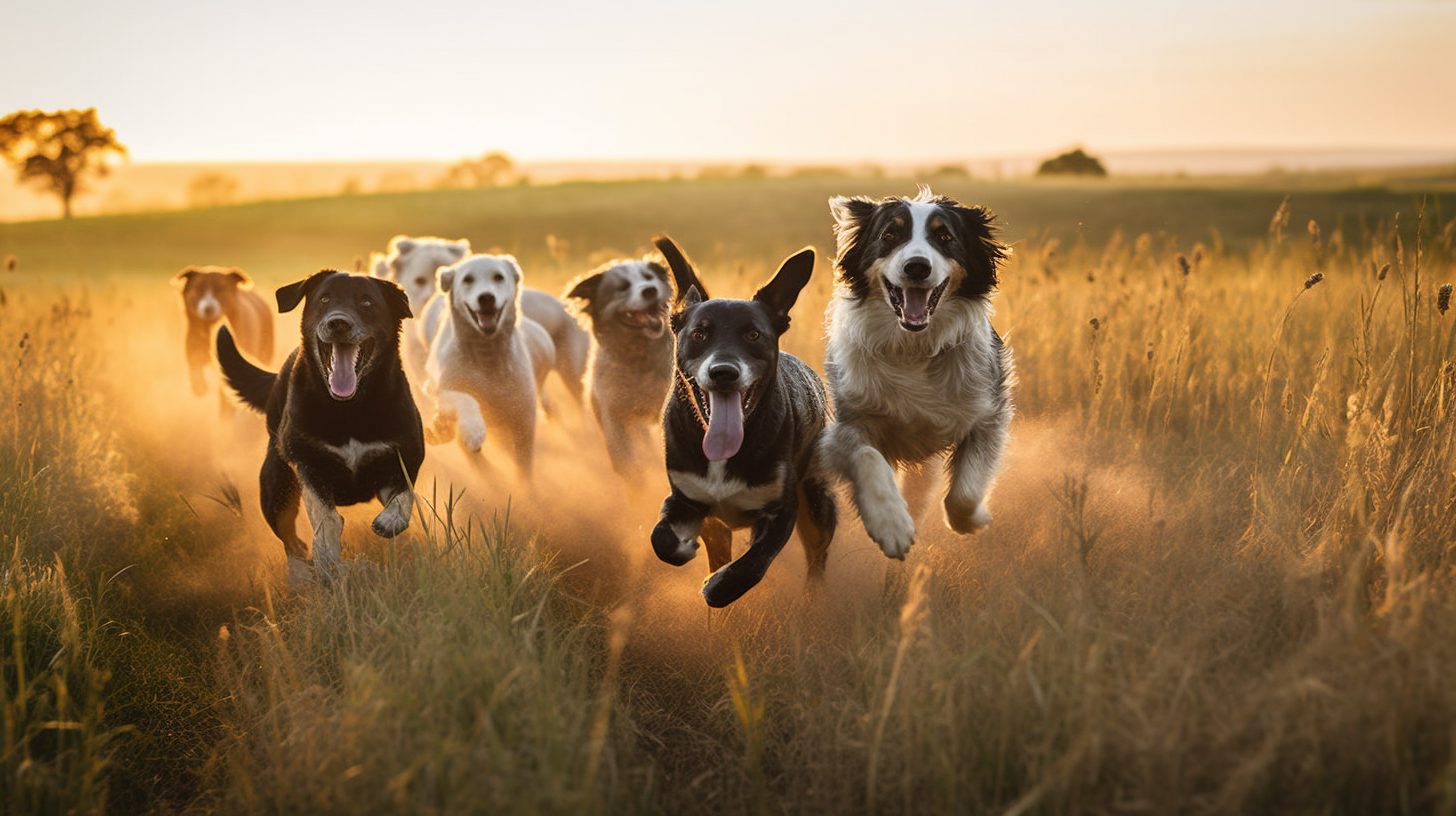
Table of Contents
Dogs hold a special place in our hearts, serving as loyal companions, protectors, and sometimes, even as therapists. With such a wide array of dog breeds available, it’s essential to understand their differences and unique traits to choose the perfect furry friend for your family.
Importance of understanding dog breeds
Selecting a dog that complements your lifestyle and personality is crucial to ensure a harmonious and lasting bond. Each dog breed has specific needs, temperaments, and traits that can influence their behavior, training, and adaptability to various environments. By understanding these characteristics, you can make an informed decision and find the perfect canine companion that matches your expectations and living situation.
For example, if you have an active lifestyle and enjoy spending time outdoors, a high-energy breed such as a Border Collie or Labrador Retriever might be the perfect fit. On the other hand, if you prefer a quieter and more relaxed environment, a calmer breed like a Basset Hound or Cavalier King Charles Spaniel might be more suitable. Being aware of a breed’s potential health issues, grooming requirements, and exercise needs can also help you avoid surprises and prepare for your future life together.
Overview of the variety of dog breeds
There is a vast range of dog breeds to choose from, each with its unique characteristics and history. Generally, dog breeds can be categorized into various groups based on their primary purposes, such as herding, hunting, guarding, or companionship.
Herding breeds:
These dogs, such as Border Collies, Australian Shepherds, and Shetland Sheepdogs, have been bred to work closely with livestock. They tend to be intelligent, energetic, and responsive to training, making them great candidates for dog sports and advanced obedience training.
Hunting breeds:
These breeds, including Labrador Retrievers, Beagles, and Weimaraners, were developed to assist hunters in locating and retrieving game. They typically have a keen sense of smell, strong prey drive, and a high level of stamina, which can make them excellent companions for active families.
Guarding breeds:
Breeds like German Shepherds, Rottweilers, and Dobermans were bred to protect property and people. They tend to be strong, courageous, and loyal, with a natural instinct to protect their families. These breeds often require consistent training and socialization to ensure they are well-behaved and trustworthy.
Companion breeds:
Dogs such as Cavalier King Charles Spaniels, French Bulldogs, and Pomeranians have been bred for companionship and to provide comfort and affection to their owners. These breeds often adapt well to various living situations and tend to be friendly, affectionate, and sociable.
While these categories offer a broad overview of the variety of dog breeds available, it’s essential to research individual breeds in-depth to ensure you find the perfect match for your family and lifestyle. Ultimately, understanding dog breeds will help you make the right decision when bringing home a new furry friend, resulting in a joyful and rewarding relationship.
History and Domestication of Dogs
Dogs have been our faithful companions for thousands of years, and their journey from wild animals to beloved pets is a fascinating story. Let’s explore how dogs evolved from gray wolves, formed relationships with humans, and developed into the wide array of breeds we know today.
Evolution from gray wolves
Believe it or not, all dogs, from the tiniest Chihuahua to the massive Great Dane, share a common ancestor: the gray wolf. Researchers estimate that the domestication process began between 20,000 to 40,000 years ago when some wolves started hanging around human campsites. These wolves discovered that if they were less fearful and aggressive, they could benefit from the food scraps left by humans. Over time, these tamer wolves began to breed with each other, and their offspring became more adaptable to living alongside humans. Through this process of natural selection, the domestic dog species emerged as a separate lineage from their wild counterparts.
Relationship with humans
As dogs became more domesticated, they began to play various roles within human societies. Initially, they were valued for their hunting abilities and their capacity to guard homes and livestock. Their keen senses and natural instincts made them invaluable assets in early human settlements. As humans and dogs continued to coexist, our bond with these animals grew stronger, and we began to rely on them for more than just their practical skills. Dogs became our companions, providing emotional support and unconditional love, which is a bond that continues to flourish today.
Development of specific breeds
Over the centuries, humans have selectively bred dogs to accentuate specific traits, resulting in the diverse range of breeds we see today. These breeding efforts focused on enhancing particular skills, such as herding, hunting, or guarding, as well as physical characteristics like size, coat type, and color. As societies evolved and human needs changed, new breeds were developed to fulfill specific roles or cater to changing preferences. For example, during the Victorian era, there was a surge in breeding small, decorative dogs to serve as fashionable companions for the upper class.
Today, there are hundreds of dog breeds, each with its unique history, appearance, and temperament. Some breeds, like the ancient Saluki or the majestic Akita, have remained relatively unchanged for centuries, while others, like the Labradoodle or the Cockapoo, are modern creations resulting from deliberate crossbreeding efforts. As our understanding of canine genetics and breeding techniques continues to expand, the world of dog breeds will likely keep evolving, offering us even more options to find the perfect four-legged companion.
So, the next time you look at your furry friend, remember their incredible journey from wild wolves to the diverse range of breeds we have today. It’s a testament to the remarkable bond between humans and dogs, one that has shaped our shared history and continues to grow stronger with each passing day.

Classification of Dog Breeds
With hundreds of dog breeds to choose from, it can be overwhelming trying to decide which breed is the right fit for you. To make it easier to navigate the world of dog breeds, they are often classified by various criteria, such as breed groups, size categories, coat types, and even their origin. Let’s dive into these classifications to help you better understand the fascinating diversity among our canine companions.
Breed Groups
(e.g., hound, terrier, herding, toy, working, sporting)
Dog breeds are often grouped according to their original function or the role they were bred to perform. The American Kennel Club (AKC), for example, recognizes seven main breed groups: Hound, Terrier, Herding, Toy, Working, Sporting, and Non-Sporting. Each group has distinct characteristics and traits that set them apart. For instance, hound dogs are known for their exceptional scenting or sight abilities and are often used for hunting, while herding dogs excel at controlling and moving livestock. Understanding breed groups can help you narrow down your options based on your specific needs and preferences.
Size Categories
(e.g., smallest, small, medium, large, giant)
Another way to classify dog breeds is by size. Generally, breeds are grouped into five categories: smallest (e.g., Chihuahua), small (e.g., Beagle), medium (e.g., Border Collie), large (e.g., Golden Retriever), and giant (e.g., Great Dane). Size can be an essential factor when considering a dog, as it may impact the amount of space they need, their energy levels, and the overall cost of care. Keep in mind, though, that size is not always indicative of a dog’s temperament or exercise needs.
Coat Types
(e.g., hairless, short, long)
Dogs come in a variety of coat types, ranging from hairless (like the Chinese Crested) to short (such as the Boxer) and long (like the Afghan Hound). Each coat type has its pros and cons, with some requiring more grooming and maintenance than others. Consider your lifestyle and the amount of time you’re willing to devote to grooming when choosing a breed based on coat type.
Origin
(e.g., country, region)
Finally, dog breeds can also be classified by their origin, with many breeds being closely associated with specific countries or regions. For example, the Shiba Inu is a breed native to Japan, while the Irish Setter originated in Ireland. Knowing a breed’s origin can provide insight into its history, the climate it is best suited for, and any unique traits that may have developed in response to its environment.
By understanding the various ways in which dog breeds are classified, you can make a more informed decision when choosing the perfect canine companion for your lifestyle and preferences. Whether you’re looking for a small lap dog or an energetic working breed, there’s a dog out there for everyone, and exploring these classifications will help you find the perfect match.
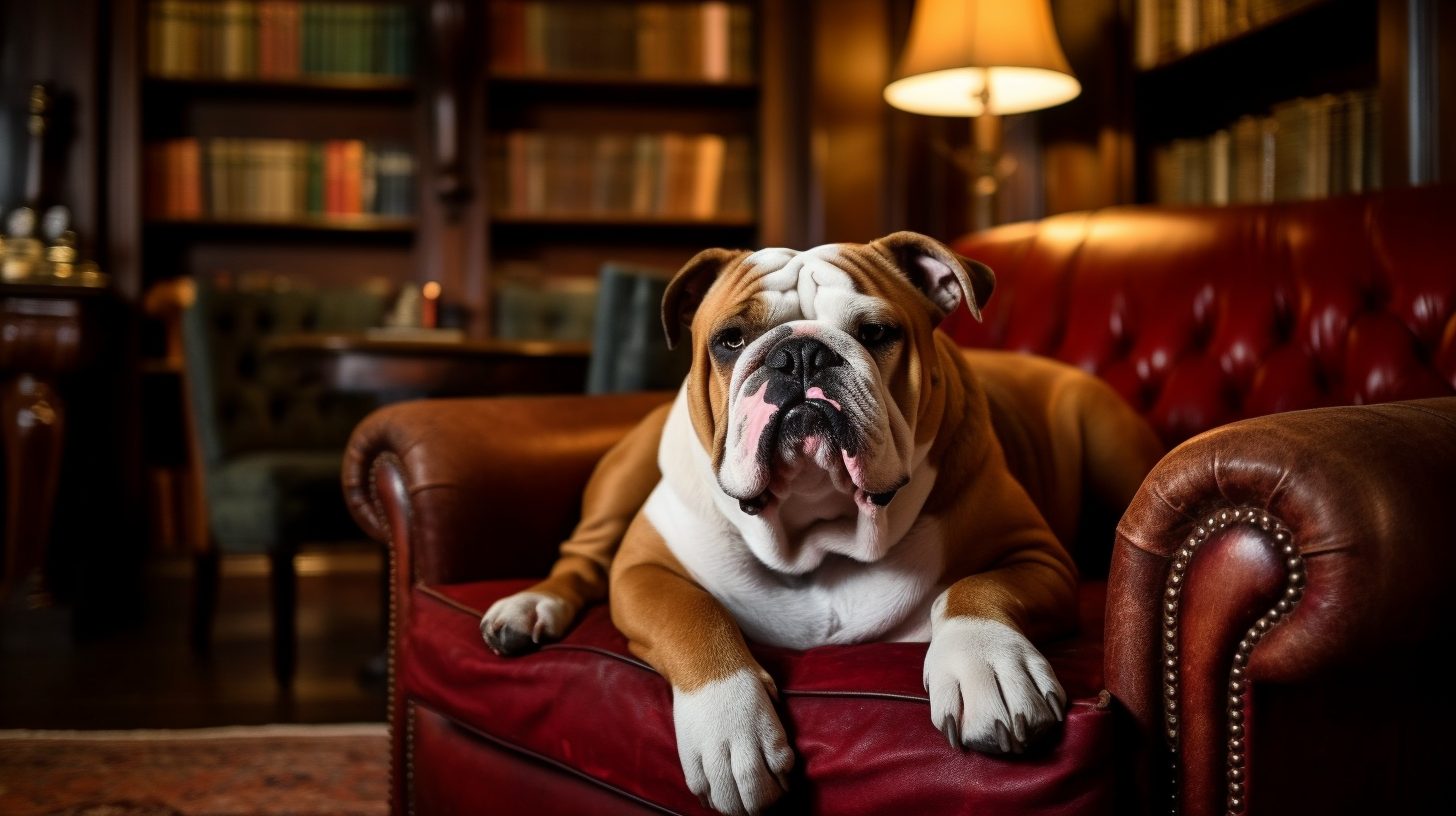
A Pitbull
Popular Dog Breeds and Their Characteristics
Each dog breed has its unique characteristics, making them well-suited for different lifestyles, environments, and preferences. Here, we’ll explore some of the most popular dog breeds and their distinctive traits to help you find the perfect furry companion.
Labrador Retriever
Friendly, intelligent, and eager to please, Labrador Retrievers are America’s favorite dog breed. Known for their versatility, they excel as family pets, service dogs, and search-and-rescue dogs. With their boundless energy and love for water, they require regular exercise and enjoy playing fetch.
German Shepherd
Loyal, protective, and highly trainable, German Shepherds are excellent working dogs and family pets. They’re often used in police work, search-and-rescue, and as service dogs. This breed is highly active and requires plenty of mental and physical stimulation to keep them happy and well-behaved.
Golden Retriever
Golden Retrievers are friendly, gentle, and highly intelligent, making them fantastic family pets and therapy dogs. They’re also natural athletes and excel in dog sports like agility and obedience. Daily exercise and regular grooming are essential to keep this breed happy and healthy.
French Bulldog
Playful, affectionate, and adaptable, French Bulldogs make excellent companions for city dwellers and those with limited space. Their low energy levels mean they don’t require excessive exercise, but their short snouts make them prone to breathing issues, so care should be taken during hot weather.
Bulldog
Known for their loose, wrinkled skin and distinctive pushed-in nose, Bulldogs are gentle, affectionate, and patient. They’re great with children and require minimal exercise, making them ideal for apartment living. However, their unique appearance requires regular cleaning to avoid skin infections.
Poodle
Intelligent, elegant, and hypoallergenic, Poodles come in three sizes: Standard, Miniature, and Toy. They excel in various dog sports and make excellent family pets. Regular grooming is essential to keep their curly coats free from tangles and mats.
Beagle
Friendly, curious, and energetic, Beagles are small hounds known for their incredible sense of smell. They make great family pets but require consistent training due to their stubborn nature. Daily exercise and mental stimulation are necessary to prevent boredom and destructive behavior.
Rottweiler
Powerful, loyal, and protective, Rottweilers are confident dogs with a strong work ethic. They make excellent guard dogs but require early socialization and consistent training to ensure they’re well-mannered. This breed is best suited for experienced dog owners who can provide plenty of exercise and mental stimulation.
German Shorthaired Pointer
Energetic, intelligent, and versatile, German Shorthaired Pointers are excellent hunting dogs and companions. They require lots of exercise and mental stimulation, making them ideal for active families or those interested in dog sports.
Pembroke Welsh Corgi
Affectionate, intelligent, and strong-willed, Pembroke Welsh Corgis were originally bred for herding but have since become popular companion animals. Their small size and short legs make them suitable for apartment living, but they still require regular exercise and mental stimulation to prevent boredom.
Each of these popular dog breeds offers unique characteristics that make them special. Understanding their traits will help you find the perfect furry friend to match your lifestyle and preferences.
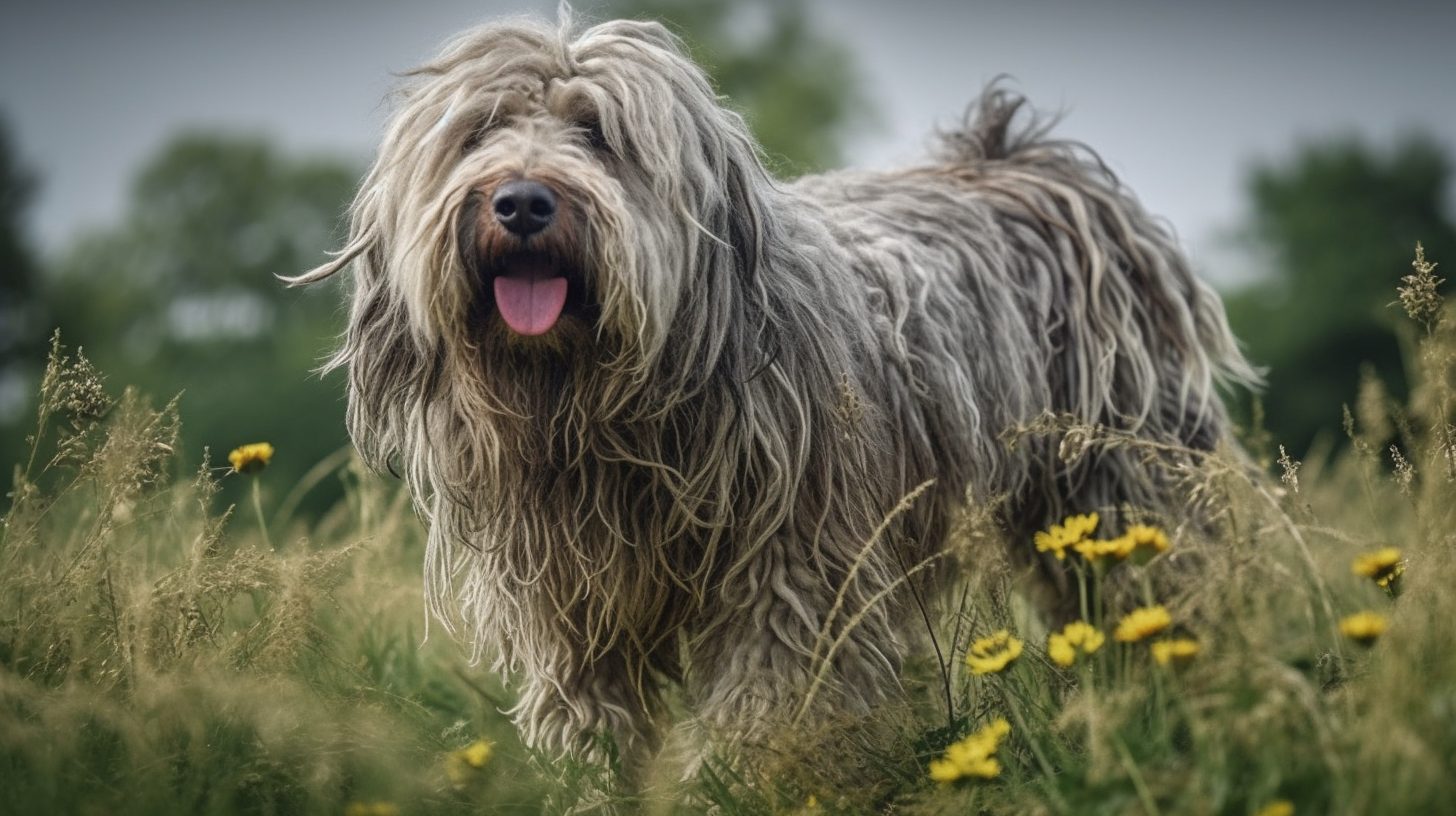
A Bergamasco Sheepdog
Unique and Lesser-Known Dog Breeds
While popular breeds are well-known and loved, there’s a whole world of unique and lesser-known breeds that offer equally delightful characteristics. In this section, we’ll explore some rare and fascinating dog breeds that might pique your interest.
Bergamasco Sheepdog
Originating from Italy, the Bergamasco Sheepdog is best known for its distinctive coat, which forms long, dense mats called “flocks.” These friendly and intelligent dogs were originally bred for herding, and they make devoted family pets. Their unusual coat is low-maintenance, requiring minimal grooming and offering protection from harsh weather.
Karelian Bear Dog
Hailing from Finland, the Karelian Bear Dog is a fearless and tenacious breed, originally used for hunting large game like bears and moose. They are loyal and protective, making them great watchdogs. However, their strong hunting instincts require experienced owners who can provide consistent training, socialization, and plenty of physical and mental stimulation.
Kooikerhondje
The Kooikerhondje is a charming and lively breed from the Netherlands, initially bred to lure ducks into traps. They are friendly, intelligent, and easy to train, making them excellent family pets. Their distinctive coat, featuring a white base with red patches, requires regular grooming to keep it in top condition.
Pyrenean Shepherd
Native to the Pyrenees Mountains between France and Spain, the Pyrenean Shepherd is a small but energetic herding breed. They are incredibly agile and intelligent, making them great at dog sports like agility and obedience. They form strong bonds with their families, but their high energy levels require an active lifestyle with lots of exercise and mental stimulation.
Tibetan Mastiff
The Tibetan Mastiff is an ancient breed from the Himalayan region, known for its massive size and thick, double coat. These dogs were traditionally used as livestock guardians and still excel in this role today. They are independent, strong-willed, and protective, making them suitable for experienced dog owners who can provide consistent training, socialization, and plenty of space.
These unique and lesser-known dog breeds offer intriguing traits and characteristics that might just make them the perfect fit for your family. Exploring the world of rare dog breeds can lead you to discover a hidden gem and a loyal companion for life.
Choosing the Right Breed for Your Lifestyle
Selecting the perfect dog breed for your lifestyle is crucial in ensuring a harmonious and happy life for both you and your furry companion. In this section, we’ll discuss important factors to consider when choosing the right breed for your situation.
Assessing Your Living Situation and Activity Level
Consider your living space and the amount of time you can devote to your dog’s exercise and mental stimulation. Some breeds thrive in apartments, while others require large yards to roam. Be honest about your activity level and choose a breed that matches your lifestyle, so you can provide a fulfilling environment for your dog.
Considering Breed Temperament and Energy Levels
Each breed has its unique temperament and energy levels, from calm and laid-back breeds to high-energy working dogs. Consider how a breed’s temperament will fit into your daily routine and whether you can accommodate their energy requirements through exercise, play, and mental stimulation.
Hypoallergenic Breeds for Allergy Sufferers
If you or someone in your household suffers from allergies, you may want to consider hypoallergenic breeds. These dogs typically have less dander and shed less, which can help minimize allergic reactions. Some examples include Poodles, Bichon Frise, and Portuguese Water Dogs.
Breeds Suitable for Families with Children
When selecting a dog for a family with children, consider breeds known for their gentle, patient, and friendly nature. These breeds are typically more tolerant of the noise and activity that come with having kids. Examples include Labrador Retrievers, Golden Retrievers, and Beagles.
Breeds for Specific Purposes
(e.g., Guard Dogs, Therapy Dogs, Search and Rescue)
Some dogs excel at specific tasks, such as guarding property, providing emotional support, or assisting in search and rescue operations. If you’re looking for a dog to fulfill a specific purpose, research breeds that are known for their skills in that area. For example, German Shepherds and Rottweilers are often used as guard dogs, while breeds like the Cavalier King Charles Spaniel and Labrador Retriever make excellent therapy dogs.
By carefully considering your lifestyle, living situation, and the specific needs of your household, you can find the perfect dog breed that will become a cherished member of your family for years to come.
Responsible Dog Ownership
Being a responsible dog owner involves more than just providing love and companionship. It’s essential to educate yourself on the specific needs of your chosen breed and be committed to their overall well-being. In this section, we’ll cover key aspects of responsible dog ownership.
Importance of Researching Breed-Specific Needs
Different dog breeds have varying needs regarding exercise, grooming, and temperament. Before bringing a new dog into your home, research the specific requirements of the breed you’ve chosen. Understanding their unique needs will help you create a suitable environment and ensure a happy, healthy life for your furry friend.
Commitment to Training and Socialization
Training and socializing your dog from an early age is crucial for their development and well-being. A well-trained and socialized dog is not only easier to manage but also safer and more enjoyable to be around. Make a commitment to invest time and effort into your dog’s training and socialization, attending classes or working with a professional if needed.
Providing Proper Healthcare and Nutrition
Regular veterinary care, vaccinations, and proper nutrition are essential for maintaining your dog’s health. Research the specific nutritional needs of your chosen breed and provide a balanced diet to meet those requirements. Schedule regular check-ups with your veterinarian and stay up-to-date on vaccinations to prevent common illnesses and parasites.
Supporting Ethical Breeding Practices
When looking for a new dog, it’s important to support ethical breeding practices. Choose reputable breeders who prioritize the health and well-being of their dogs, or consider adopting from a rescue organization. Avoid supporting puppy mills or backyard breeders, as these often prioritize profit over the welfare of the animals.
By understanding and adhering to the principles of responsible dog ownership, you’ll be able to provide the best possible life for your canine companion. A well-cared-for dog is not only happier and healthier but also a joy to have as a member of your family.
Conclusion
As we’ve explored the world of dog breeds, we’ve seen the incredible diversity that exists among our canine companions. From their unique characteristics to their varied origins, there is a breed suited for every lifestyle and personality. In this final section, we’ll reflect on the joy and responsibility that comes with owning a dog.
Embracing the Diversity of Dog Breeds
The wide variety of dog breeds allows us to find the perfect match for our needs, preferences, and lifestyles. Whether you’re looking for a loyal guardian, an energetic playmate, or a gentle companion, there’s a breed out there that will fit seamlessly into your life. By understanding and appreciating the diverse world of dog breeds, we can make more informed decisions when choosing our furry friends.
The Joy and Responsibility of Dog Ownership
Owning a dog is a truly rewarding experience, bringing joy, companionship, and love into our lives. However, it’s also a significant responsibility that shouldn’t be taken lightly. By educating ourselves on the specific needs of our chosen breed and committing to responsible dog ownership, we can ensure a happy and healthy life for our pets.
In the end, the journey of exploring dog breeds and finding the right one for you is an exciting and fulfilling process. By embracing the diversity of dog breeds and understanding the responsibilities that come with dog ownership, you’ll be well-equipped to welcome a new canine companion into your life and enjoy the many wonderful years together that lie ahead.
FAQs About Dog Breeds
The top 10 most popular dog breeds in the US include Labrador Retrievers, German Shepherds, Golden Retrievers, French Bulldogs, Bulldogs, Poodles, Beagles, Rottweilers, German Shorthaired Pointers, and Pembroke Welsh Corgis.
Dog breeds are classified by size into categories such as smallest, small, medium, large, and giant. They are also classified by coat types like hairless, short, and long coats. Lastly, they can be categorized based on their origin, such as the country or region they originate from.
Some unique and lesser-known dog breeds include the Bergamasco Sheepdog, Karelian Bear Dog, Kooikerhondje, Pyrenean Shepherd, and Tibetan Mastiff.
To choose the right dog breed for your lifestyle, consider factors such as your living situation, activity level, breed temperament, energy levels, and any specific needs you may have, like allergies or family-friendly breeds.
Some hypoallergenic dog breeds suitable for allergy sufferers include Poodles, Bichon Frises, Maltese, Schnauzers, and Portuguese Water Dogs.
Some of the best dog breeds for families with children are Labrador Retrievers, Golden Retrievers, Beagles, Collies, and Boxers, due to their gentle nature and adaptability to family life.
Yes, some dog breeds excel in specific roles, such as German Shepherds and Rottweilers for guarding, or Labrador Retrievers and Golden Retrievers for therapy and assistance work.
When researching breed-specific needs, consider factors like exercise requirements, grooming needs, health issues, temperament, and any unique characteristics or care requirements specific to that breed.
Training and socialization are essential for all dog breeds, as they help develop well-behaved, confident, and well-adjusted dogs. However, the level of training and socialization required may vary depending on the breed’s temperament, size, and energy levels.
To support ethical breeding practices and responsible dog ownership, research reputable breeders or rescue organizations, learn about breed-specific needs, commit to training and socialization, provide proper healthcare and nutrition, and be prepared for the responsibilities that come with owning a dog.
Related Posts
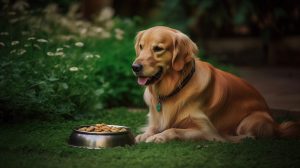
A Comprehensive Guide To The Best Dog Food For Golden Retrievers
Discover the best dog food for Golden Retrievers to ensure a balanced and nutritious diet, keeping them healthy and energetic. Learn about portion control, meal frequency, and common health issues.

Can Dogs Eat Sour Cream? The Pros and Cons
Discover if dogs can safely eat sour cream, the potential risks associated with feeding it to your furry friend, and healthier alternatives for a tasty treat.
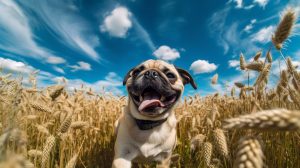
Can Dogs Eat Jasmine Rice? A Comprehensive Guide
Discover if dogs can eat jasmine rice, its health benefits, and how to safely include it in your dog’s diet while avoiding potential risks. Read on to learn more!
